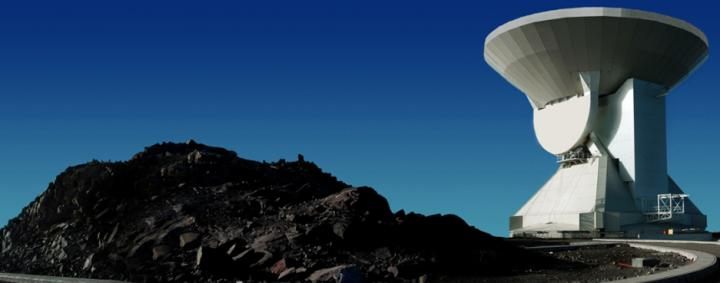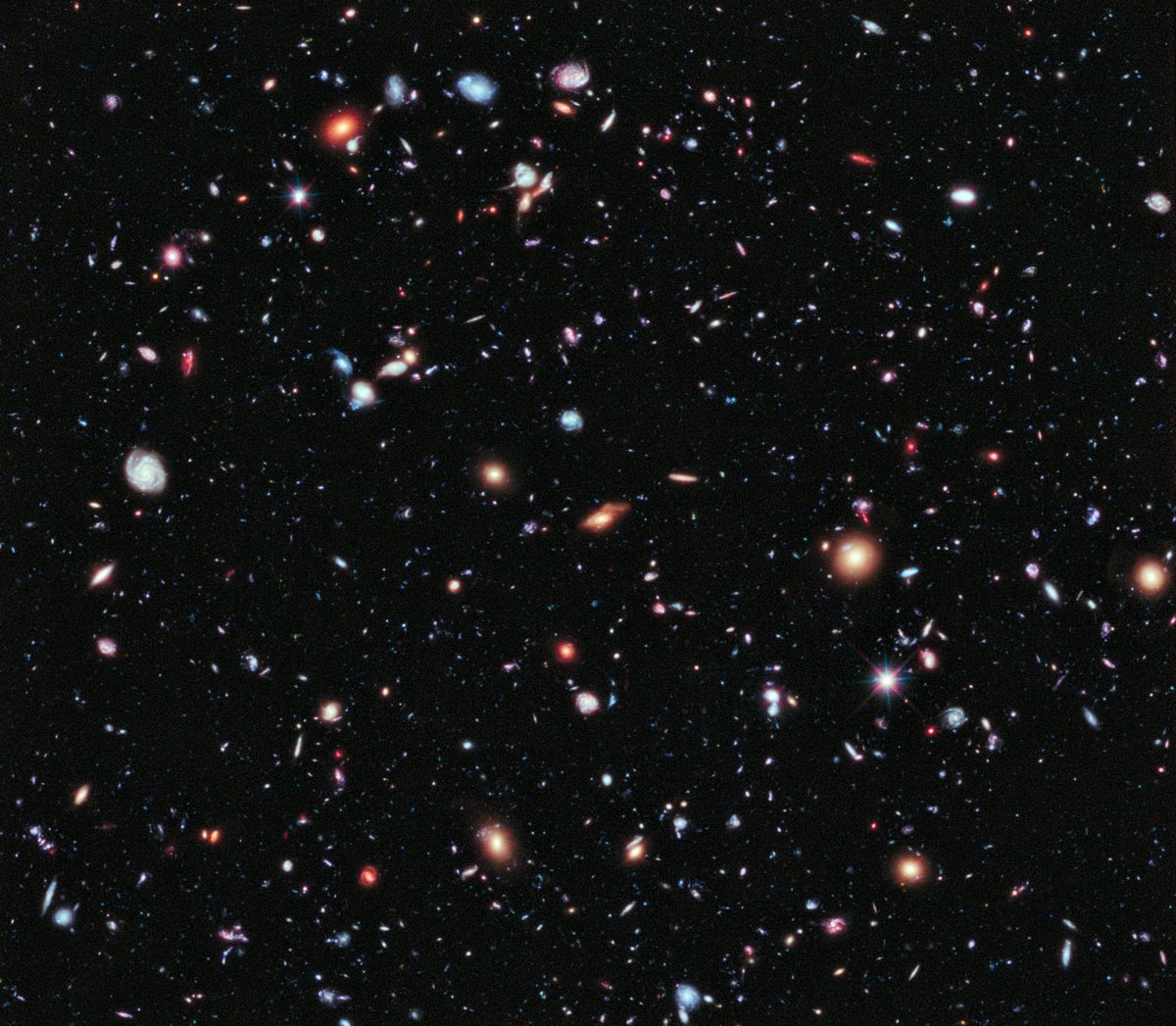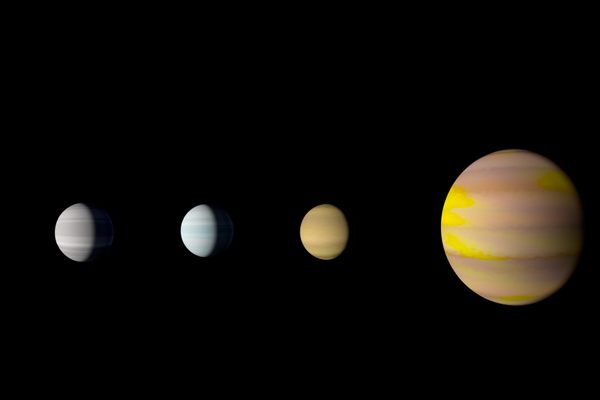Found: One of the Oldest Things in the Universe
A newly observed galaxy formed just after the Big Bang.

Astronomers have long suspected that there are very distant galaxies out there, ones that formed at the dawn of the universe, some 13.7 billion years ago, but evidence of them has been elusive. But now, thanks to the Large Millimeter Telescope, located on a 15,000-foot extinct volcano in the state of Puebla, Mexico, a team of scientists from the University of Massachusetts Amherst and Mexico’s National Institute of Astrophysics, Optics, and Electronics have spotted a star-forming galaxy located 12.8 billion light-years away, which makes it one of the oldest known objects in the universe.
“These high redshift [meaning most distant from Earth, making their light the oldest], very distant objects are a class of mythical beasts in astrophysics,” said astrophysicist Min Yun of UMass Amherst in a press release. “We always knew there were some out there that are enormously large and bright, but they are invisible in visible light spectrum because they are so obscured by the thick dust clouds that surround their young stars.”

The telescope was able to see through the dust by sensing large wavelengths of light, in the range of radio waves and millimeter-wavelengths. The light from this galaxy took 12.8 billion years to arrive at the Earth—meaning that astronomers measured waves that formed less than a billion years after the Big Bang, the researchers explained in their paper in Nature Astronomy. The astronomers also used a phenomenon called gravitational lensing, in which a large galaxy closer to Earth magnified the light of the older, more distant galaxy, to get a better look.
The first 400 million years or so after the Big Bang probably didn’t see any stars or galaxies form, which means that this new object, dubbed G09 83808 is, according to Yun, “very close to being one of the first galaxies ever to form.” Talk about a window into the past.










Follow us on Twitter to get the latest on the world's hidden wonders.
Like us on Facebook to get the latest on the world's hidden wonders.
Follow us on Twitter Like us on Facebook